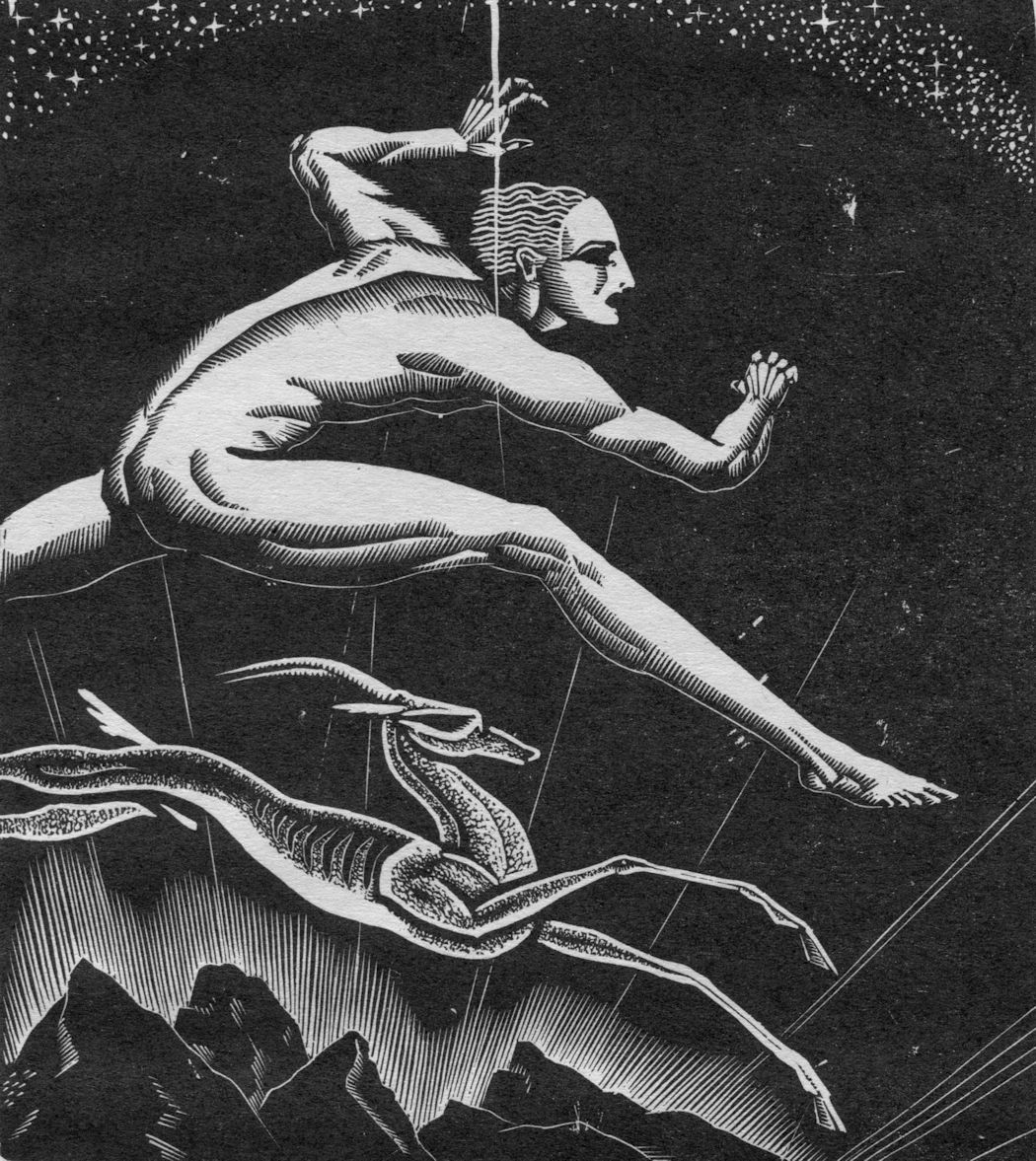José Raúl Anguiano Valadez (1915 - 2006)
José Raúl Anguiano Valadez (1915 - 2006)
Painter, muralist, and printmaker José Raúl Anguiano Valadez was born at the height of the Mexican revolution at Guadalajara, the eldest of ten children. His drawing talent was manifest at age five, and at age 12, he left conventional education for Guadalajara’s Escuela Libre de Pintura, where he acquired fundamental techniques as well as exposure to both pre-Hispanic and popular art forms. In 1933, he left the school and, together with a number of his peers, formed a group known as the Jóvenes Pintores Jaliscienses.
Moving to Mexico City in 1934, he met and studied the work of Rivera and Orozco; in 1936, he executed his first mural, La educación socialista, at the Carlos A. Carrillo School in Mexico City and joined the League of Writers and Revolutionary Artists. His extensive lifetime output of murals includes works in Mexico, the United States, Jamaica, and the Vatican. The body of his work deals with the cultural life and history of Mexico and its indigenous and immigrant peoples.
Anguiano exhibited his work worldwide, winning wide acclaim for his work in all media, and taught art in both primary schools and in universities in both Mexico and the United States. He lectured widely throughout North America and Europe, and actively promoted the arts and social justice through participation in associations which include the Taller de Gráfica Popular, which he founded together with fellow artists Leopoldo Méndez, Alfredo Zalcoe, and Pablo O’Higgins, which provided a means for working people to express their beliefs and sentiments through the creation of socially conscious lithographs and etchings. During his career, he worked both from his studio in Coyocan, Mexico City, and from his second home in Huntington Beach, California. He died in Mexico City.

La espina (The thorn)
Lithograph, 1959; edition of 150. Image size 28-3/8" x 21½"; sheet size 34-1/8" x 26-1/8". This large lithograph depicts a Mayan woman digging a splinter out of her foot, and is based on the painting of the same name, perhaps Anguiano's most famous work, which was acquired by the Museum of Modern Art, Mexico City, in 2004 and is on permanent display there. A rich impression in very good condition. Tape remnant from earlier mount at top reverse edge; minor losses from removal of tape, bottom reverse edge. Stamp of the National Museum of Anthropology, Mexico City, where this lithograph was undoubtedly purchased on January 7, 1966.
$2,500
